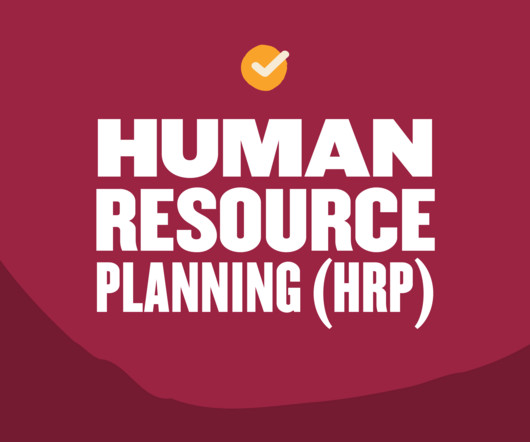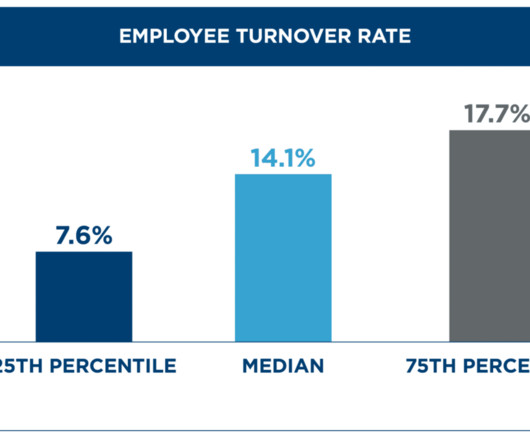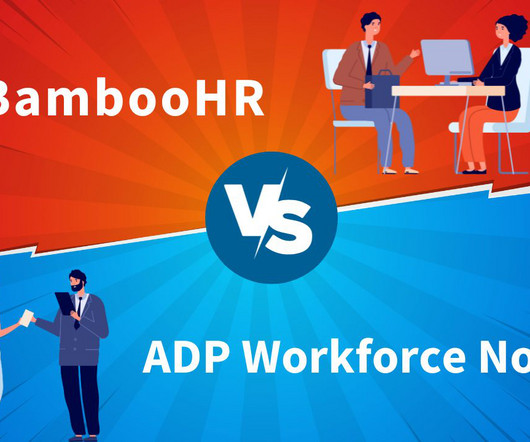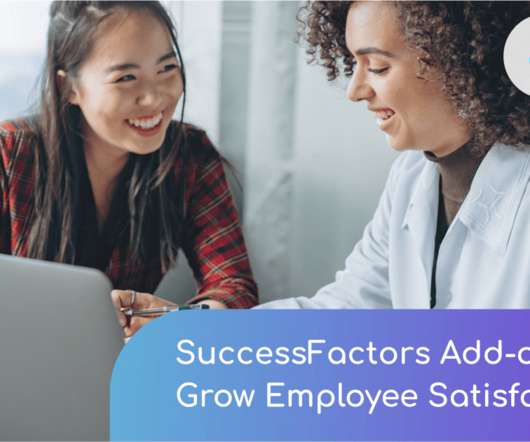Workforce Planning Model: Process, Benefits, Elements & Examples
HR Lineup
JANUARY 22, 2024
In the dynamic landscape of business, where change is the only constant, organizations need a robust strategy to ensure that their workforce aligns with the evolving needs of the company. What is Workforce Planning? What is the Process of Workforce Planning?



























Let's personalize your content